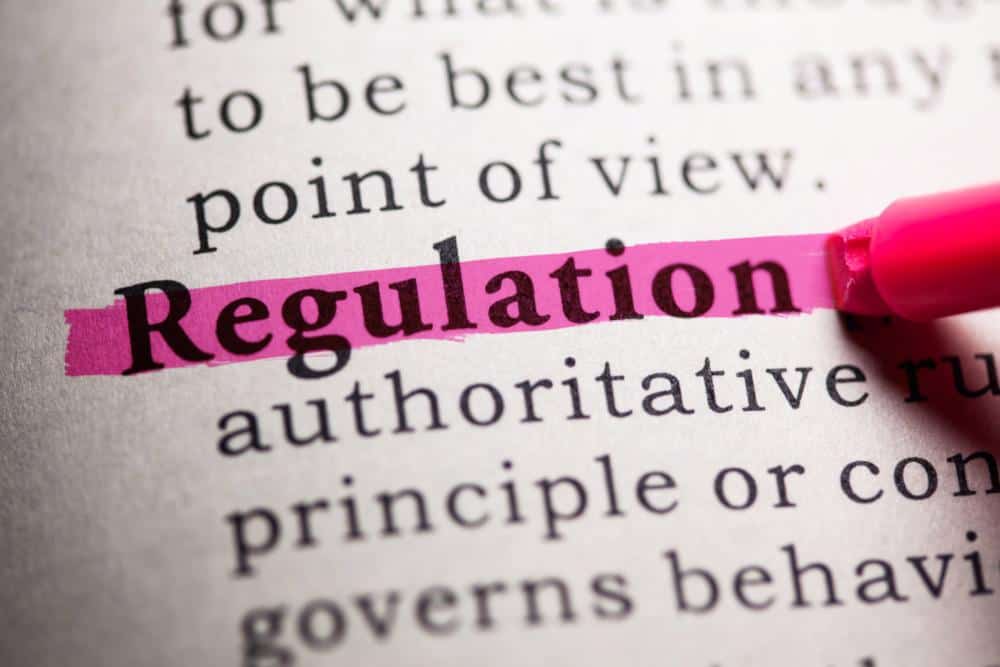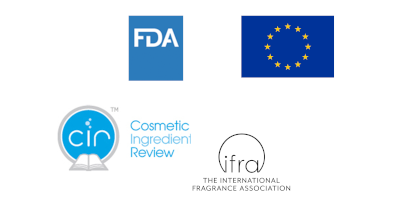Safety of cosmetics products
or “Buyer Beware”

The average American woman uses about 12 cosmetic products a day, exposing their bodies to an average of 168 unique ingredients.
US law does not allow companies to sell harmful products, but the cosmetic products on our shelves are generally not pre-approved for safety before being sold to the public. The FDA has a list of 11 banned or restricted ingredients that are not allowed to be used in cosmetics. The FDA allows cosmetic companies to register their ingredients for each product and submit any adverse effects that customers might have experienced while using the product. The FDA’s Voluntary Cosmetic Registration Program (VCRP) is entirely voluntary, and most cosmetic companies do not sign up.
In stark contrast to US regulations, cosmetic products in the European Union (EU) need to pass an expert safety assessment before being put on the market. The EU has a list 1623 ingredients that are completely banned for use in cosmetics and another list of 312 ingredients that are restricted for use. These lists are based on scientific data and are regularly updated as new scientific information is published.

The Cosmetic Ingredient Review (CIR) is a US-based scientific body that reviews scientific literature and gives recommendations regarding the safety of cosmetic products. Similar to the work of the EU bodies, the CIR produces a list of ingredients that they deem to be safe, safe with qualifications, unsafe, or flagged for insufficient data. However, CIR recommendations are just recommendations – they are not legally binding to anyone selling cosmetics in the US. The International Fragrance Association (IFRA) provides opinions on fragrance ingredients.

Although based on scientific data—and often on the same set of scientific studies—the findings of the CIR and EU bodies are often different for the same ingredients. It’s also worth noting that the CIR is funded by the Cosmetic Industry Trade Association. Some see this as a major conflict of interest.
In our reviews, we found that the CIR can be more lenient when it comes to banning or restricting cosmetic ingredients for their safety. Often, a cosmetic ingredient that is restricted to a certain concentration in Europe can be recommended by the CIR for use in a much higher concentration. The difference in safety between the EU and US is also visible in the ingredient lists. Often, the same cosmetic product will have a different composition in the US than it does in the EU. These discrepancies in ingredients are often related to safety – that is, ingredients that the EU bans or limits by law will show up in US formulations.
At Cosmetics Evidence, we ask cosmetic companies to declare whether they are following the safety recommendations for the products they sell to US markets, and which ones (CIR or EU). Hopefully, this will bring some transparency to the convoluted world of cosmetics. What do you think?



